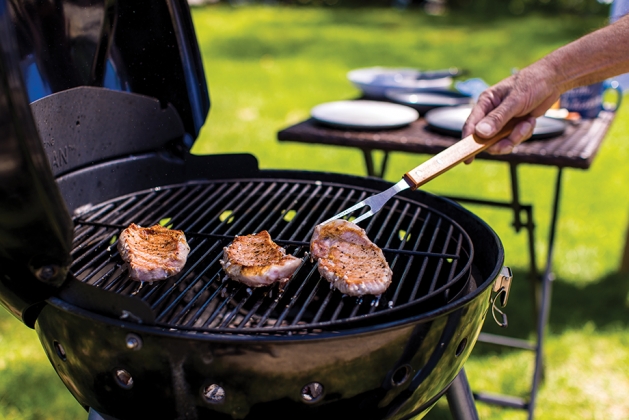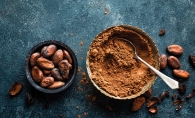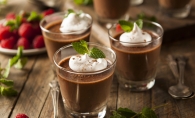
Word has it that it’s National Grilling Month. While the summer entertaining season is just heating up, there is plenty of time to bone up on your grilling terminology. Whether you’re hosting guests around outdoor living spaces or inside your home or making dinner for just the family, grilling techniques can be the star of the show.
Let’s start with this list of terms that can help you garner the vote for the Best Home Cook at your house!
2-Zone Cooking: using different heat zones to gain more control over the temperature
3-2-1 Ribs: smoking for three hours at a low temperature, wrapping ribs in foil and continuing to cook for another two hours and unwrapping to cook for a final hour at a higher temperature while basting
Bark: outer layer of flavorful, seasoned crust on a brisket or other type of smoked meat
Black and Blue (Pittsburgh): red meat that’s been grilled to a char on the outside while the inside is still “blue” (very rare)
Blade Tenderizing: thin cuts made in the fiber and connective tissue of otherwise tough cuts of meat to tenderize them
Blue Smoke: smoke is tinged slightly blue due to its heat
Bottle o’ Red: ketchup
Burnt Ends (Meat Candy): crispy, fatty bark pieces of a smoked brisket, usually made from the point end.
Chimney: lighting a charcoal fire by creating a “chimney” from paper to heat and ignite the charcoal
Cold Smoking: food is infused with a smoky flavor but isn’t cooked and usually done at or below 140°F.
Cowboy Barbecue: cooking over open coals, often with cast-iron cookware
Creosote: carcinogenic substance that can form on the surface of meat if wood isn’t burned properly
Crust: crispy outside layer of barbecued meat
Dalmatian Rub: dry seasoning of salt and black pepper
Danger Zone: temperature range of 41-135°F where microbes are able to grow rapidly
Fat Cap: thick layer of fat between the skin and flesh on some cuts of meat
Fond: browned meat juices, fat and spices that are left at the bottom of the pan after cooking some dishes. (Don’t toss them out! They can add amazing flavor to your dish.)
Holy Trinity: traditional mix of onion, celery and bell peppers
Maillard Reaction: chemical reaction that occurs when protein and sugars in food cooked over high heat produce new flavors, aromas and colors
Planking: meat or seafood is placed on a thin piece of wood that was soaked in water to create steam and smoke when heated to add flavor
Reverse Sear: meat is cooked over a low heat and finished by searing over a high, direct heat
Rib Tips: very end of a rack of spareribs after being trimmed to make St. Louis style ribs
Searing: meat is placed over high heat for a short period of time to brown and crisp the surface
Snake Method: low and slow cooking with charcoal placed around the inner edges of a barbecue (Only the first few are lit, and the others catch fire as heat reaches them.)
Smoke Point: temperature at which cooking fat begins to let off smoke
Truss: bind legs and wings of a bird to its body, ensuring it maintains an even shape so that none of the extremities dry out
Unrendered Fat: fat that hasn’t been fully cooked but is melted with a hard, caramelized crust
Wet-aged Beef: beef that’s been aged in a vacuum-sealed bag to improve the flavor
Wet Ribs: cooked ribs that have been brushed with sauce before, during and after cooking
Wolf Claws: barbecue tool that’s used to shred meat
Let’s eat!
Add to your grill glossary by visiting Burning Brisket.









